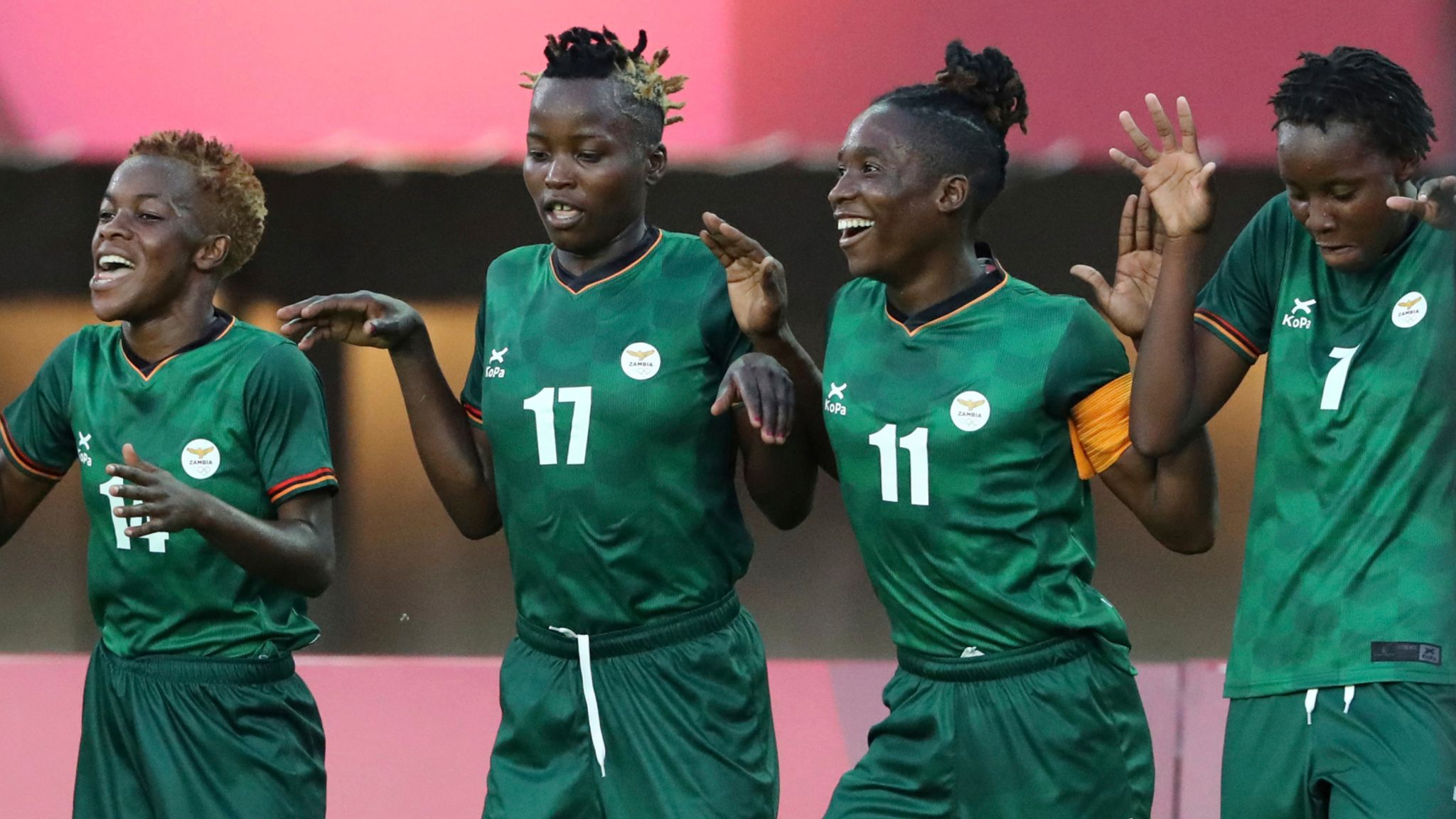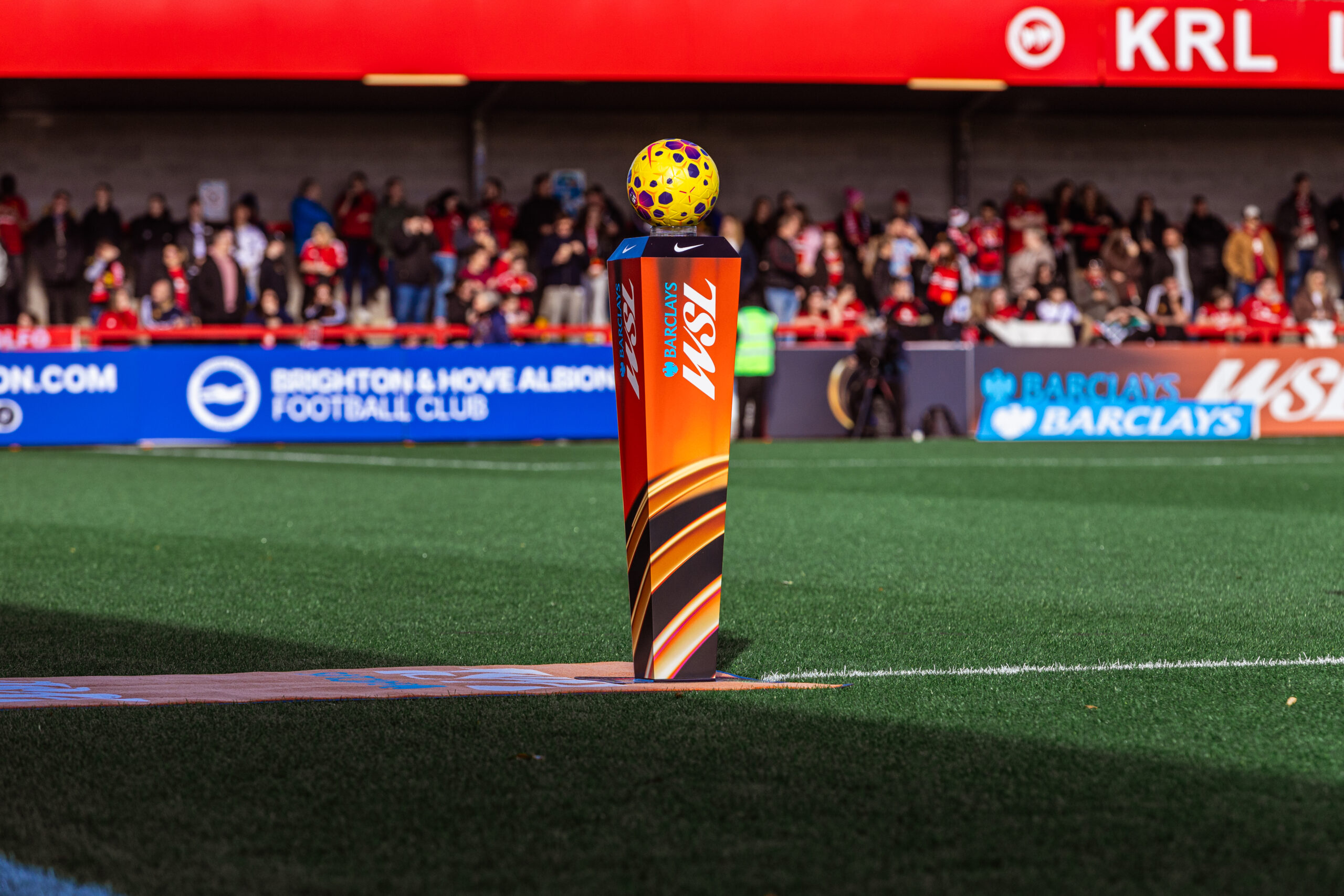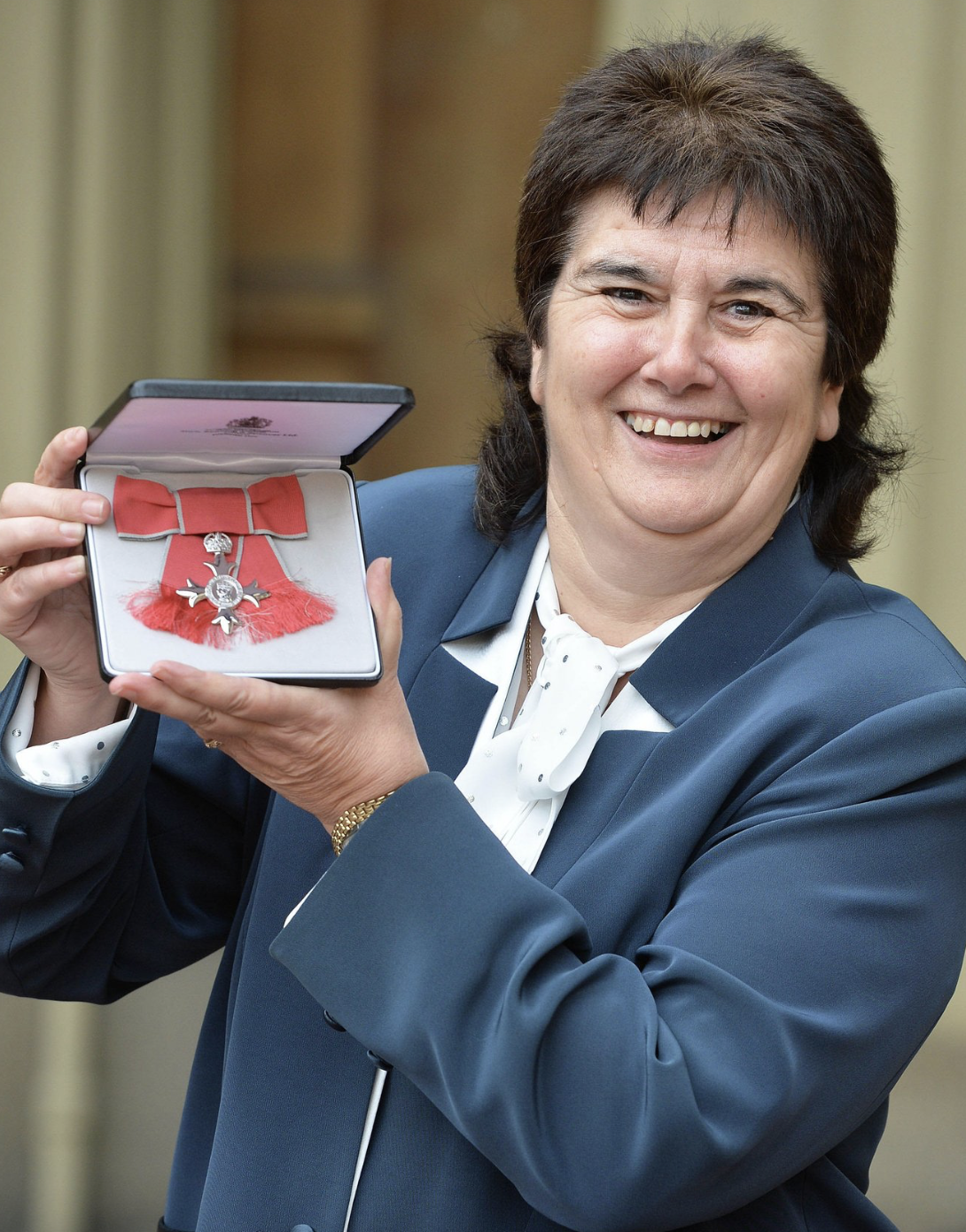We’ve all seen the meteoric trajectory that Zambia have been on since 2020; from making their first major tournament appearance, to scoring prolifically at a high level, to now having the two most expensive players of all-time in women’s football. But it wasn’t always like this. So, how did the Copper Queens seemingly arrive out of nowhere and who was the unsung hero behind their success?
Zambia were one of the first African countries to establish a national women’s team, in 1983. But, for all their longevity, Zambia failed to bring home any glory until 2022, when they won the Council of Southern Africa Football Associations (COSAFA) women’s tournament. In fact, COSAFA has largely been the only tournament the Copper Queens have consistently found success at, placing third five times in addition to their recent victory.
After playing in some FIFA Women’s World Cup qualifiers in 1994, and losing 11-5 on aggregate to South Africa in the 1995 Women’s African Cup of Nations (WAFCON), Zambia disappeared from international attention until 2001, not playing any official matches during this period. They resurfaced to take third place at COSAFA Cup in 2002, and once again in 2006, when they hosted the tournament. Between qualifiers and regional tournaments, the Chipolopolo played very few FIFA sanctioned matches, not allowing for their players to develop and learn at a high level.
They continued to have rocky and inconsistent progress, with fluctuating and low FIFA rankings, even cancelling games and pulling out of tournaments for no apparent reason. But, throughout their struggles, a few things have been constant: their ability to score goals, their unwavering spirit, and their growing fan base. The Copper Queens became beloved by Zambian women, with buses taking fans from Zambia’s capital city, Lusaka, to tournaments all over the region. The team and their fans became known as a vocal and fun staple of African women’s football, with fans singing Zambian hits while watching from the stands, with players dancing on the field.
In 2008, Zambia participated in the Homeless World Cup, an unofficial tournament aiming to end homelessness through football. The inaugural women’s competition was held that year in Melbourne, Australia, where the Copper Queens became the first ever champions, blowing the competition away and scoring an astonishing 83 goals in 9 games.
Zambia embarked on a period of progress under head coach Enala Simbeya, with positive results throughout multiple age groups, including an impressive Olympic qualifying tournament in 2010 by the U-23 side, known as the Copper Princesses. In her eight years with the side, she led the Chipolopolo to rise in African football, walking so current coach Bruce Mwape could run with the team. She developed many of Zambia’s current stars including Barbra Banda, Rachael Kundananji, Hazel Nali, and many more, bringing them into the squad before her untimely departure.
Simbeya was fired before COSAFA in 2018 for allegedly inquiring about player benefits and allowances for the tournament the previous year, as the players had not yet been paid; whereas Mwape still has a job with the FAZ while he is being investigated for sexual misconduct. Even after being forced by the federation to depart the team, Simbeya has been speaking out for investment and support for the side, making public statements that Mwape needs help to solidify the team’s technical strength as well as sharpening their midfield and defence.
But, although there is a dark cloud overshadowing Mwape’s tenure with the Copper Queens, the progress they have made while under him is simply remarkable. Since taking the reins in 2018, Mwape and his staff have given the players more opportunities to shine on the international stage, qualifying for major tournaments and drawing recognition.
The side qualified for their first major international tournament in the 2020 (2021) Tokyo Olympics, beating Cameroon on away goals in the qualifying tournament. In Tokyo, they provided excitement and goals galore, presenting the world with some of the most interesting matches of the year with a 10-3 loss to the Netherlands, a 4-4 draw with China, and a narrow 1-0 loss to Brazil. Zambia’s star forward Barbra Banda made a name for herself at the tournament, scoring 6 goals and becoming Africa’s leading Olympic scorer, as well as becoming the first women to score back-to-back hat tricks in Olympic history, and the first to score two hat tricks at one tournament.
Following their riveting rise to the world stage, Zambia made history once again by finishing 3rd at the WAFCON, their best ever result. This historic achievement also qualified them for the 2023 Women’s World Cup. Their fourth appearance at the storied tournament was one of great success, topping their group before beating Senegal on penalties in the quarter-finals. Although they were beaten by South Africa in the semi-final in heartbreaking fashion, they proved victorious against Nigeria in the third-place match.
Shortly after finishing one continental tournament, the Copper Queens performed an impressive turnaround to win COSAFA less than two months later. They blew their group stage opponents out of the water, topping the group with a goal difference of +11. They went on to defeat Tanzania in the semi-final, and then got revenge on South Africa in the final.
In the lead up to the 2023 Women’s World Cup, they played a series of thrilling friendlies, with a 2-3 loss against the Republic of Ireland, a 3-3 draw with Switzerland, and a famous 3-2 win against Germany. This run got Zambia recognised as a large threat going into the tournament, with many calling them a dark horse or the team to watch.
Unfortunately for the Chipolopolo, they were dealt a reality check by the first two group stage matches, with 5-0 defeats from future champions Spain, and an impressive Japan. They finally got their goals in the final match of the group stage, with Lushomo Mweemba, Barbra Banda, and Rachael Kundananji leading the team to a 3-1 win over Costa Rica; Banda’s goal remarkably being the 1,000th in Women’s World Cup history.
After their debut at the Women’s World Cup, they gave it their all in the 2023 edition of the COSAFA tournament, but ultimately lost 2-1 in the final to Malawi.
Then, the Copper Queens embarked on the journey for Olympic re-qualification, beating Angola 12-0 on aggregate, Ghana 4-3 on aggregate, and finally Morocco in the final round, completing an impressive comeback to win 3-2 over the two legs.
The Zambian Women’s national team look to once again bring the fire and the goals to the world stage at Paris. If they can overcome off-field challenges, such as Mwape’s sexual misconduct investigation, which forbids him from having private contact with the players, as well as other controversies in the federation, Zambia could make Group B interesting.
Despite defeat to the USA in their first group match, they take on Australia next, who are also looking to bounce back from an initial loss. Can they cause an upset in this group?
Photo – https://www.skysports.com/football/news/28508/12362987/zambias-barbra-banda-nets-another-hat-trick-in-tokyo-2020-thriller-against-china-womens-olympic-football-round-up



